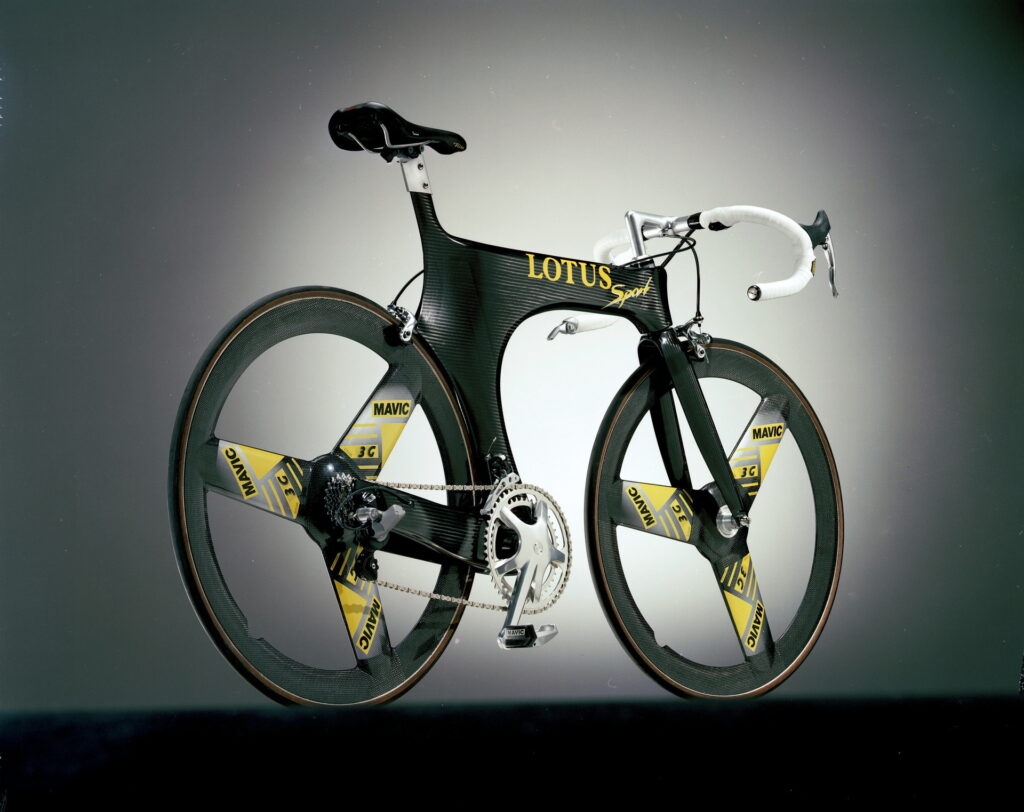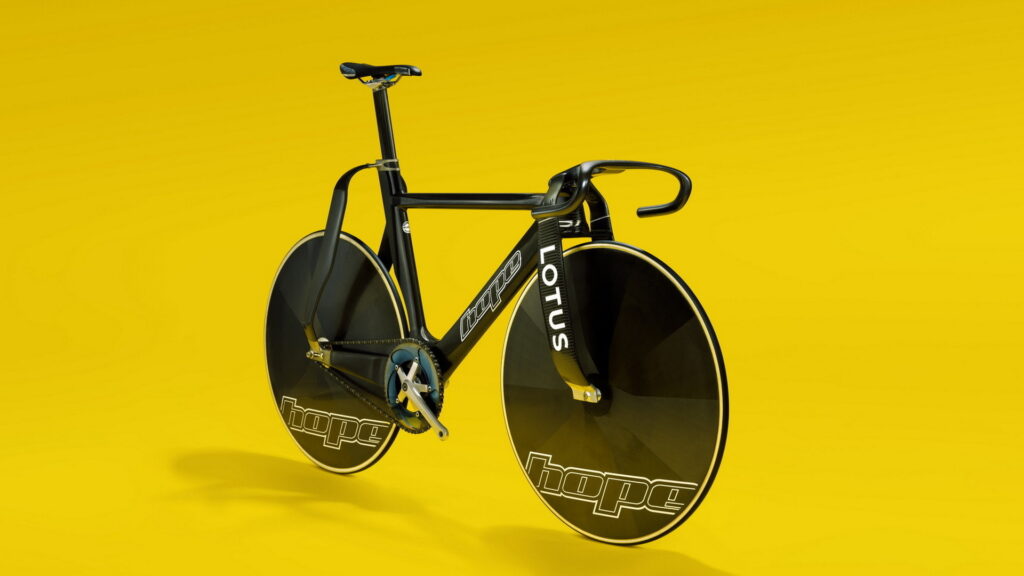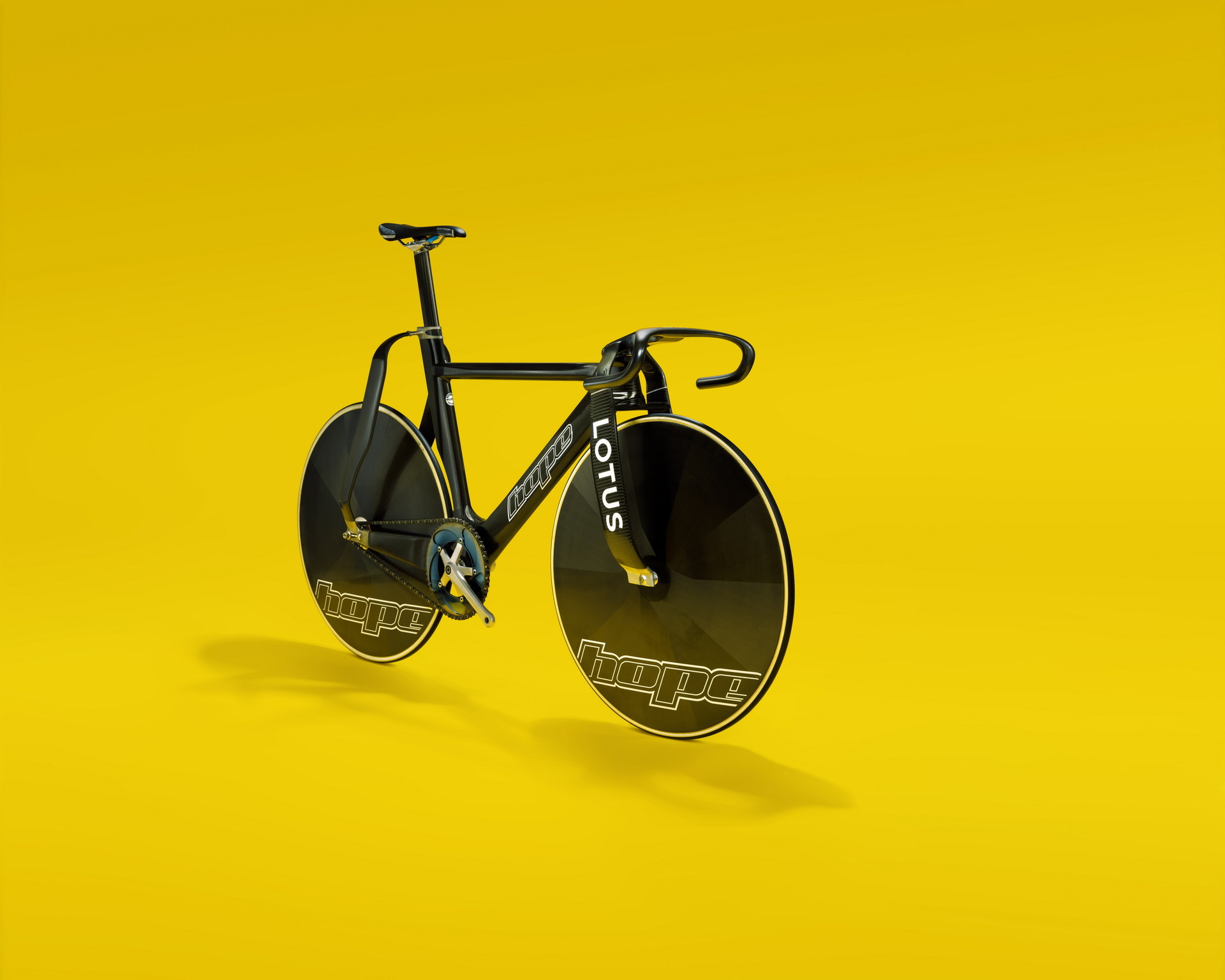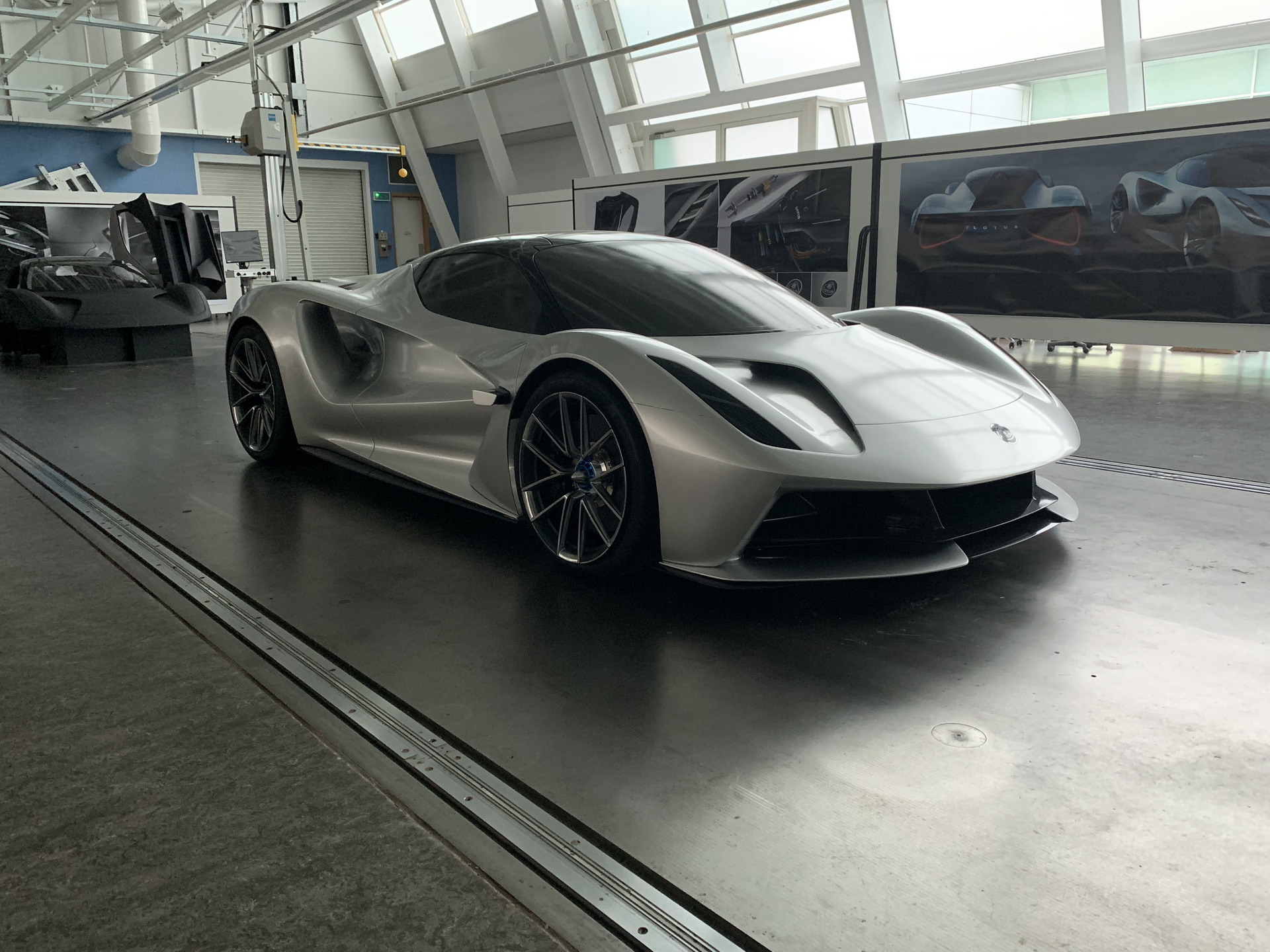Lotus does a lot more than just simply building and designing cars. It has other avenues of business. One, called Technical Services, provides clients with all of the expertise that Lotus has obtained over its decades as an automaker. It’s this division that the British Olympic team is relying on for its 2024 track bike.
Since April of 2022, Lotus has been releasing regular updates on what it calls its “Innovators” series. Each entry highlights a different facet of the company, with previous entries highlighting Lotus’ platforms, control systems, and dynamics. Technical Services is just the latest in the spotlight.
“Technical Services is about what we can supply throughout the entire product development process. We take the core principals we have gained from automotive development, where we have a global pedigree, to develop solutions across the wider mass transportation and personal mobility sectors.”
Read: Lotus Designs Innovative Track Bike With Unique Front Fork

For British Cycling, Lotus is hard at work to design a new track bike for the 2024 games. While it hasn’t spilled the beans regarding any specific design elements we can look to the past to hopefully predict the future. Lotus is somewhat famous in the bicycle racing community for its past contributions.
Back in 1992, Chris Boardman took gold at the Barcelona games on a Lotus Type 108. That bike featured a wildly unique carbon-fiber monocoque design, a stretched-out profile, and a single-speed drivetrain. Then, in 1994, Lotus took what it learned from the 108 and applied it to time-trial racing for a new bike called the 110 that went on to win the Prologue TT at the Tour de France. In 2020, Lotus and bike manufacturer Hope teamed up to build another new track bike for the Olympics.
How will these insights apply to the new bike? Richard Hill, Chief Aerodynamicist for Lotus, commented: “Back then, it was simply about developing an aerodynamic bike that would go fast. But really there are two separate elements – the bike and the rider – which come together as one to move through the air. That was the approach we took with the Tokyo bike and is continuing for Paris 2024.”















